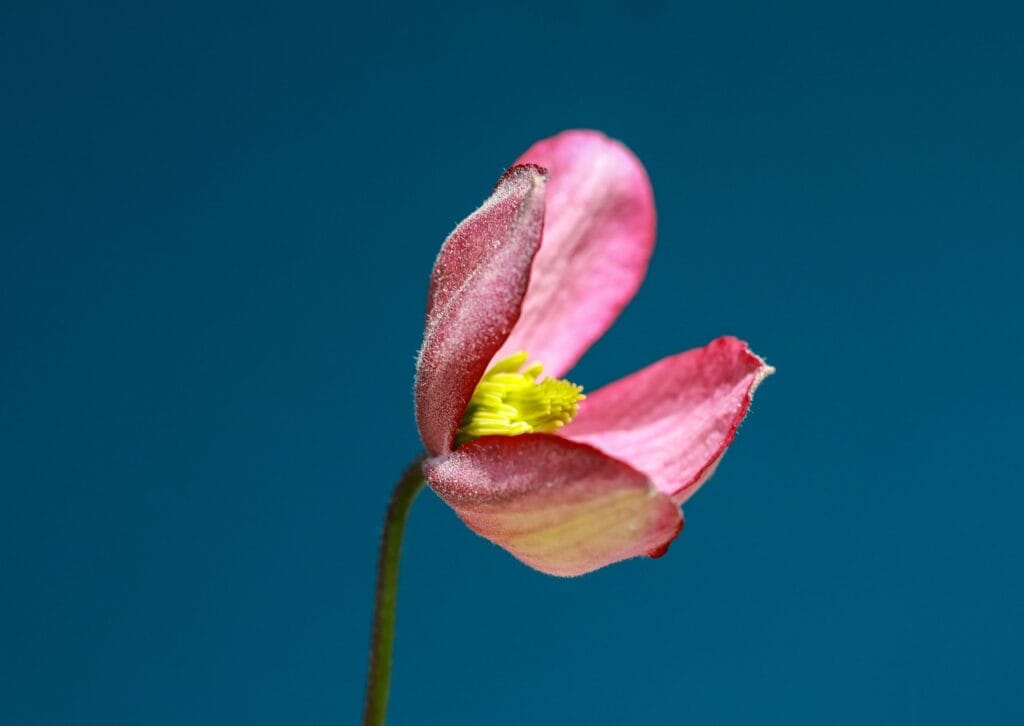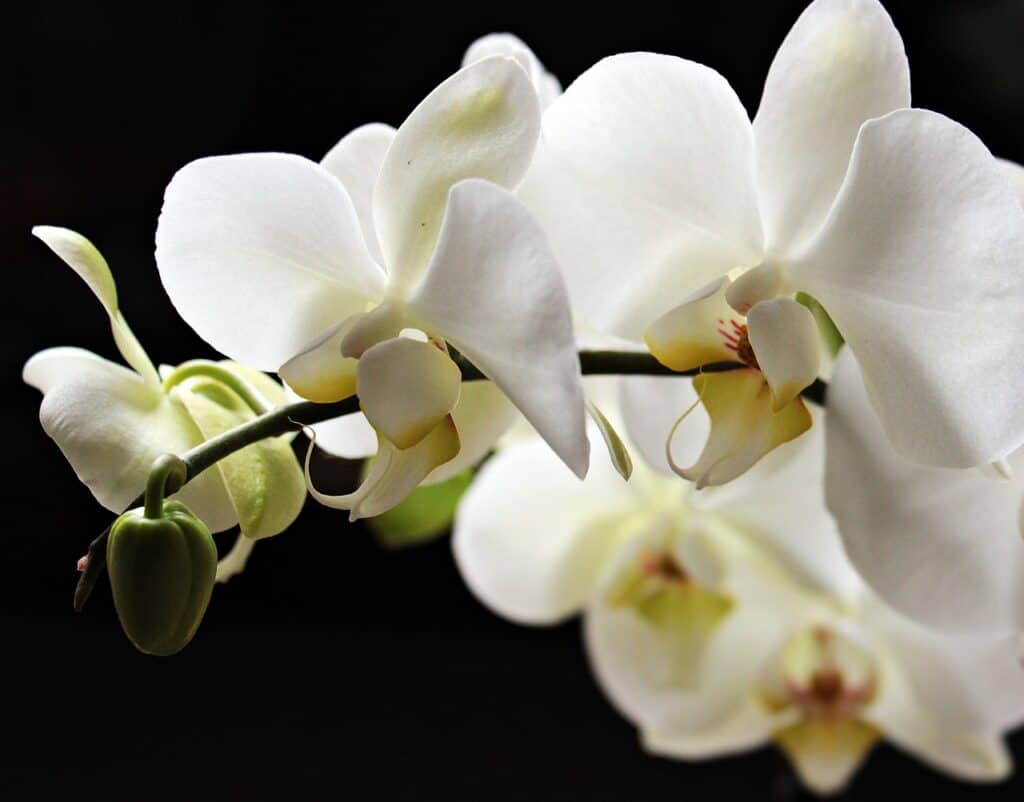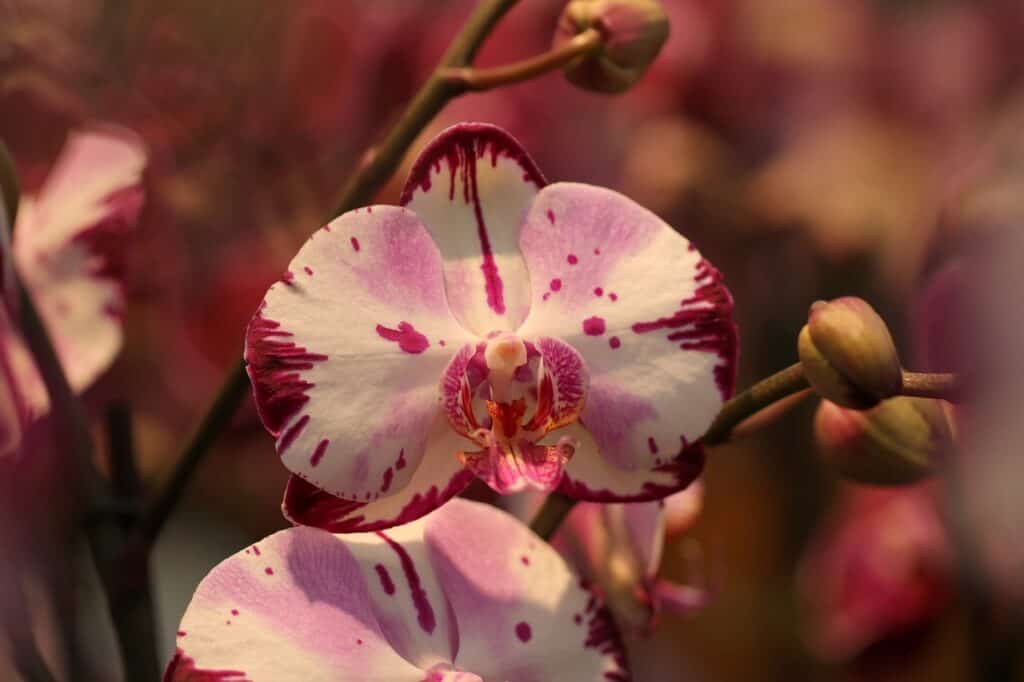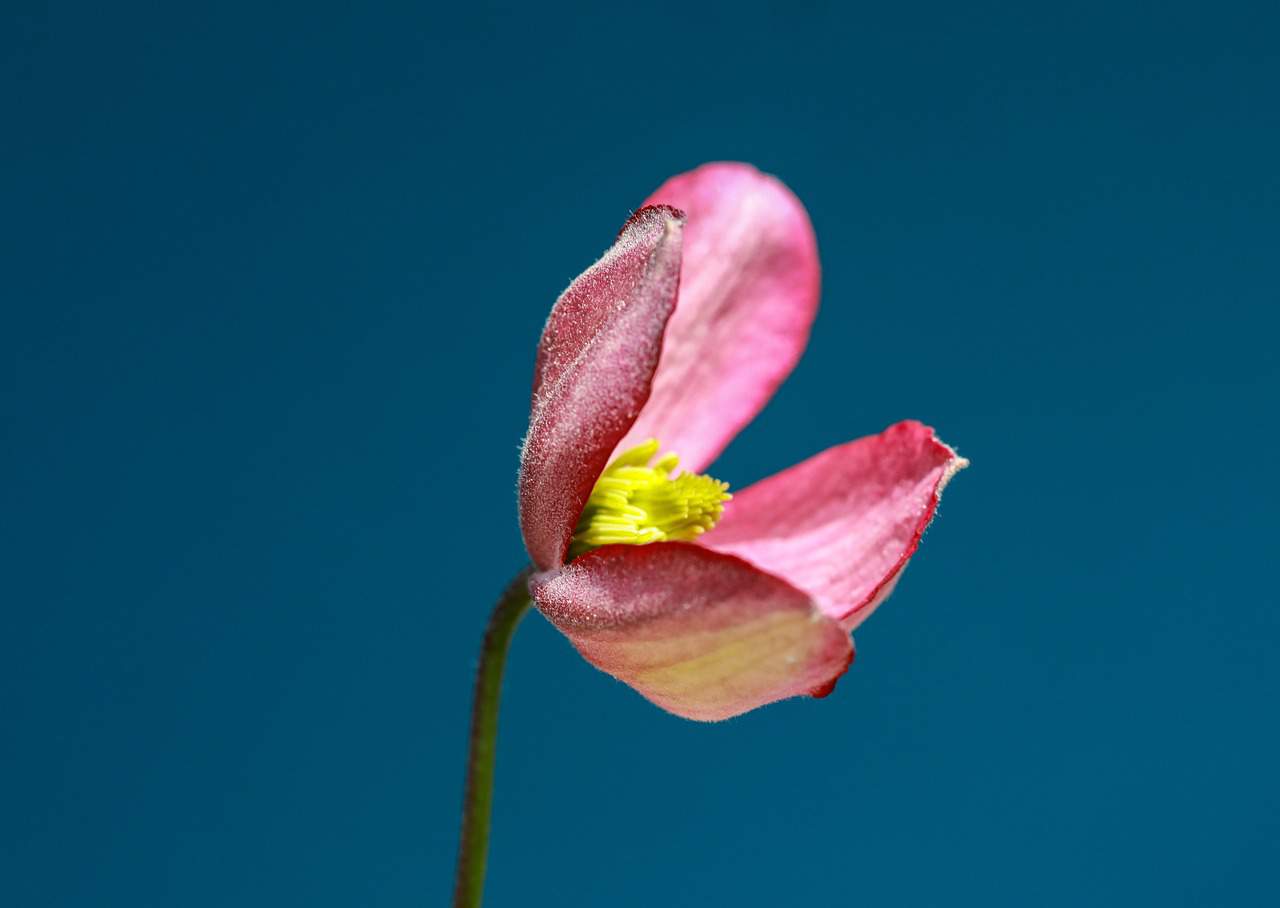Orchids are known for their exquisite and delicate beauty. These flowering plants can add a touch of elegance to any space, making them a popular choice for indoor gardeners. When orchids enter their flowering period, they produce magnificent blooms that captivate and mesmerize. Proper care during this crucial phase is essential to ensure your orchids stay healthy and maintain their stunning display. In this article, we will explore the ins and outs of orchid care during the flowering period, offering insights and tips to keep your orchids flourishing.
Understanding the Orchid Flowering Period
Before diving into the specifics of caring for your orchids during their flowering phase, it’s important to understand the basics. The flowering period is a critical stage in an orchid’s lifecycle. It’s the time when the orchid produces beautiful, colorful flowers, and it typically occurs once a year, although it can vary depending on the orchid species.
The flowering period is a time of increased vulnerability for the orchid. The plant invests a significant amount of energy in producing these lovely blossoms, which can leave it more susceptible to stress, diseases, or neglect. This is why providing the right care is crucial to ensure your orchids continue to thrive.

How do you take care of orchids while they are blooming?
Proper lighting is one of the most critical factors in orchid care during the flowering period. Orchids require the right balance of light to produce vibrant blooms. Here’s what you need to know:
- Indirect Light: During the flowering period, orchids need bright but indirect light. Placing them near a south or east-facing window with sheer curtains or blinds to filter the sunlight is ideal.
- Avoid Direct Sunlight: Direct sunlight can scorch the delicate petals of orchids. If you notice your orchids receiving too much sun, move them to a slightly shadier spot.
- Monitor Light Levels: Depending on your location and the orchid species, the ideal lighting conditions may vary. Keep an eye on your orchids and adjust their location as needed to provide the right amount of light.
Temperature and Humidity
Orchids are highly sensitive to temperature and humidity. To ensure a healthy flowering period, maintain these factors within the recommended range:
- Temperature: Orchids generally thrive in temperatures between 60°F to 80°F (15°C to 27°C) during the day, with a slight drop at night. This temperature differential helps stimulate the flowering process.
- Humidity: Orchids prefer higher humidity levels, ideally around 50-70%. You can increase humidity by using a humidity tray, a room humidifier, or by misting your orchids regularly.

Watering Practices
Proper watering is crucial for orchid care during the flowering period. Overwatering or underwatering can be detrimental to your orchids. Follow these guidelines:
- Water Quality: Use room temperature or lukewarm water to avoid shocking the orchids. Rainwater or distilled water is best, as it’s free from chemicals and minerals that can harm your plants.
- Watering Frequency: Water your orchids when the top inch of the potting mix is dry to the touch. This may vary depending on factors like the type of orchid, the potting mix, and environmental conditions. Be cautious not to let them sit in standing water, as this can lead to root rot.
- Avoid Wetting the Flowers: When watering your orchids, try to keep the water away from the flowers. Wet blossoms can lead to fungal diseases or rot.
Should you feed orchids when they are flowering?
Fertilization is essential for providing your orchids with the nutrients they need to bloom and thrive. During the flowering period, adjust your fertilization routine to promote flowering:
- Fertilizer Selection: Choose a balanced orchid fertilizer with a lower nitrogen content and higher levels of phosphorus and potassium. This will encourage flower production.
- Frequency: Fertilize your orchids every two to four weeks during the flowering period. Reduce or halt fertilization during the dormant phase.
How to make orchids bloom constantly
Proper maintenance and pruning can help your orchids channel their energy into producing stunning blooms:
- Pruning: Remove any dead or yellowing leaves and spent flower spikes. Pruning will allow your orchid to direct energy to new growth and blooming.
- Support Structures: Use stakes or supports to keep flower spikes upright and prevent breakage.
With these practices in mind it will be a lot easier as a home gardener to ensure that our orchids are blooming constantly.

Pest and Disease Management
During the flowering period, orchids can be more susceptible to pests and diseases. Regularly inspect your plants for any signs of trouble, such as yellowing leaves, black spots, or pests like mealybugs or spider mites. If you notice any issues, take immediate action to address them.
Conclusion
In conclusion, caring for your orchids during the flowering period is a rewarding experience that can lead to months of vibrant, breathtaking blooms. With the right balance of light, temperature, humidity, watering, fertilization, and maintenance, you can ensure your orchids remain healthy and continue to display their stunning flowers year after year. Remember, each orchid is unique, so closely observe your plant and adjust your care routine as needed to cater to its specific requirements. With a little love and attention, your orchids will reward you with their enchanting beauty throughout their flowering period.

